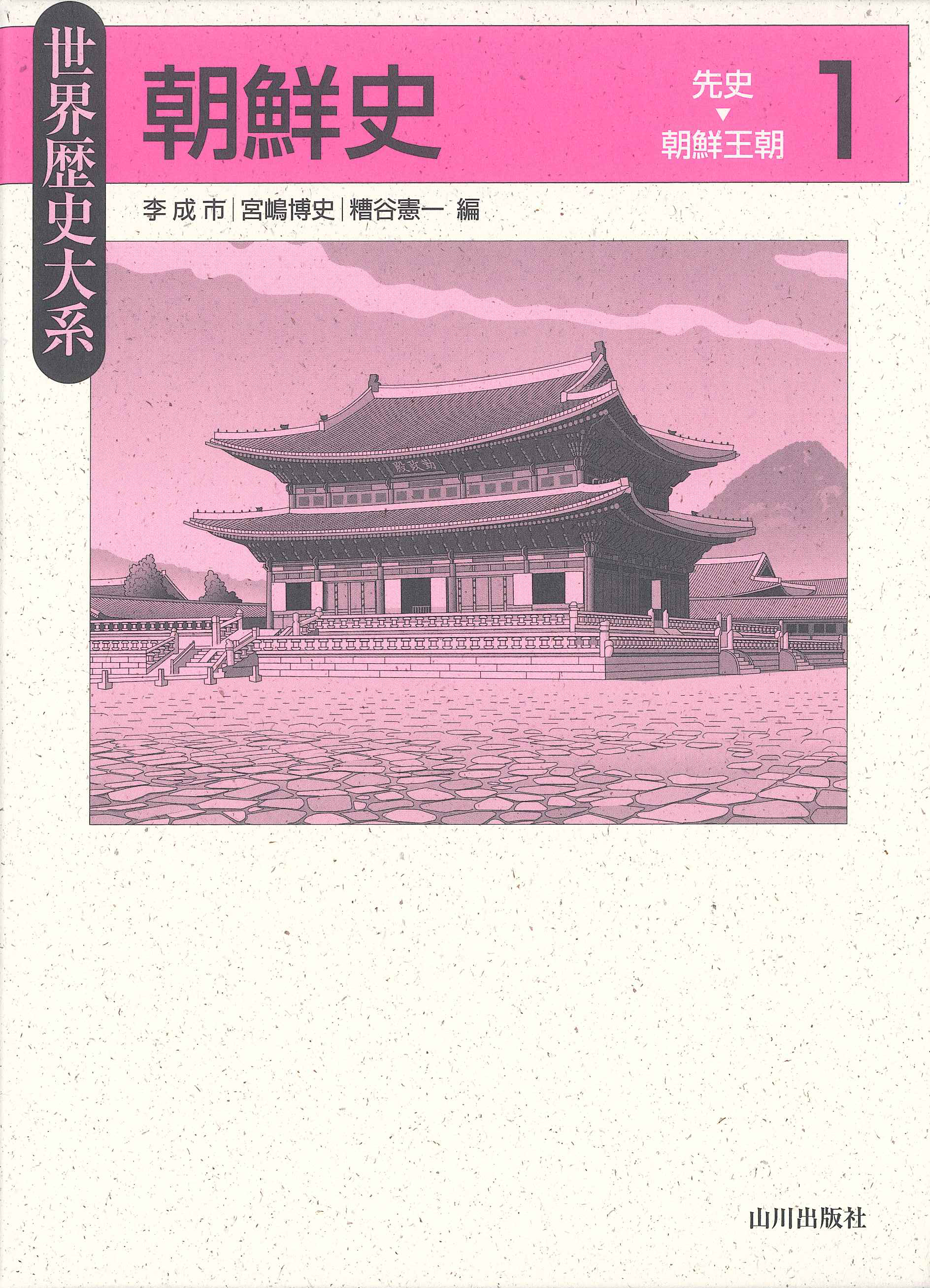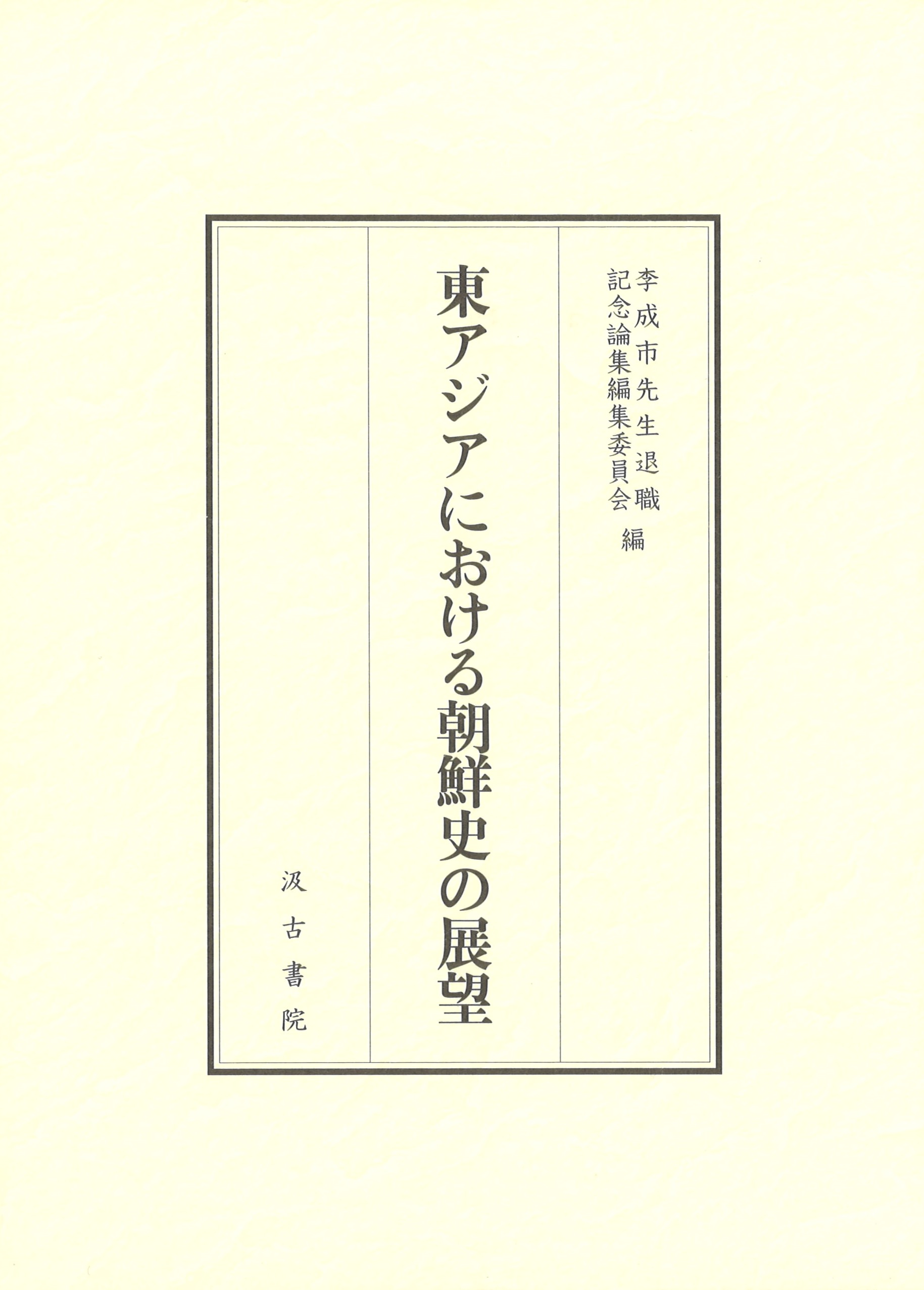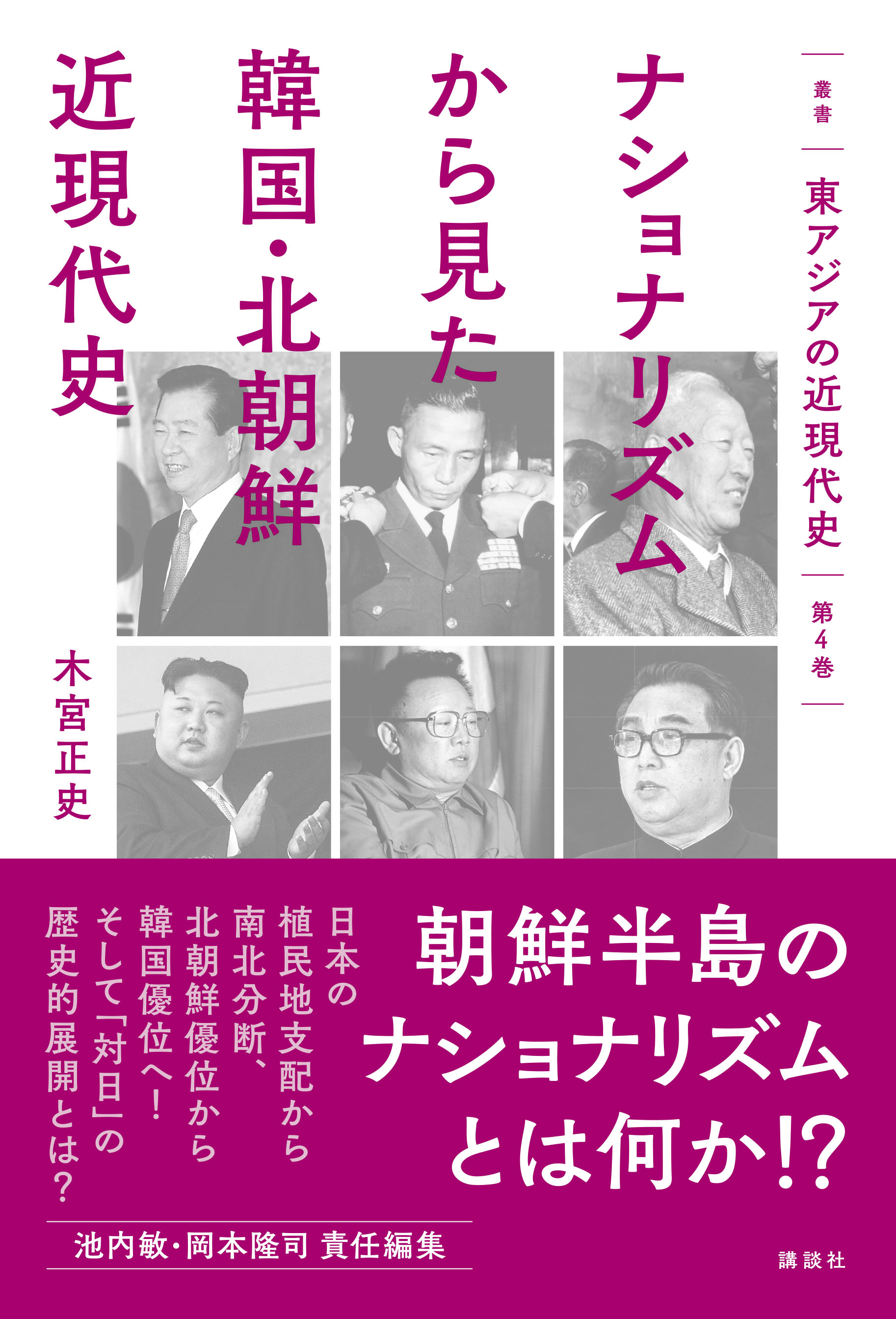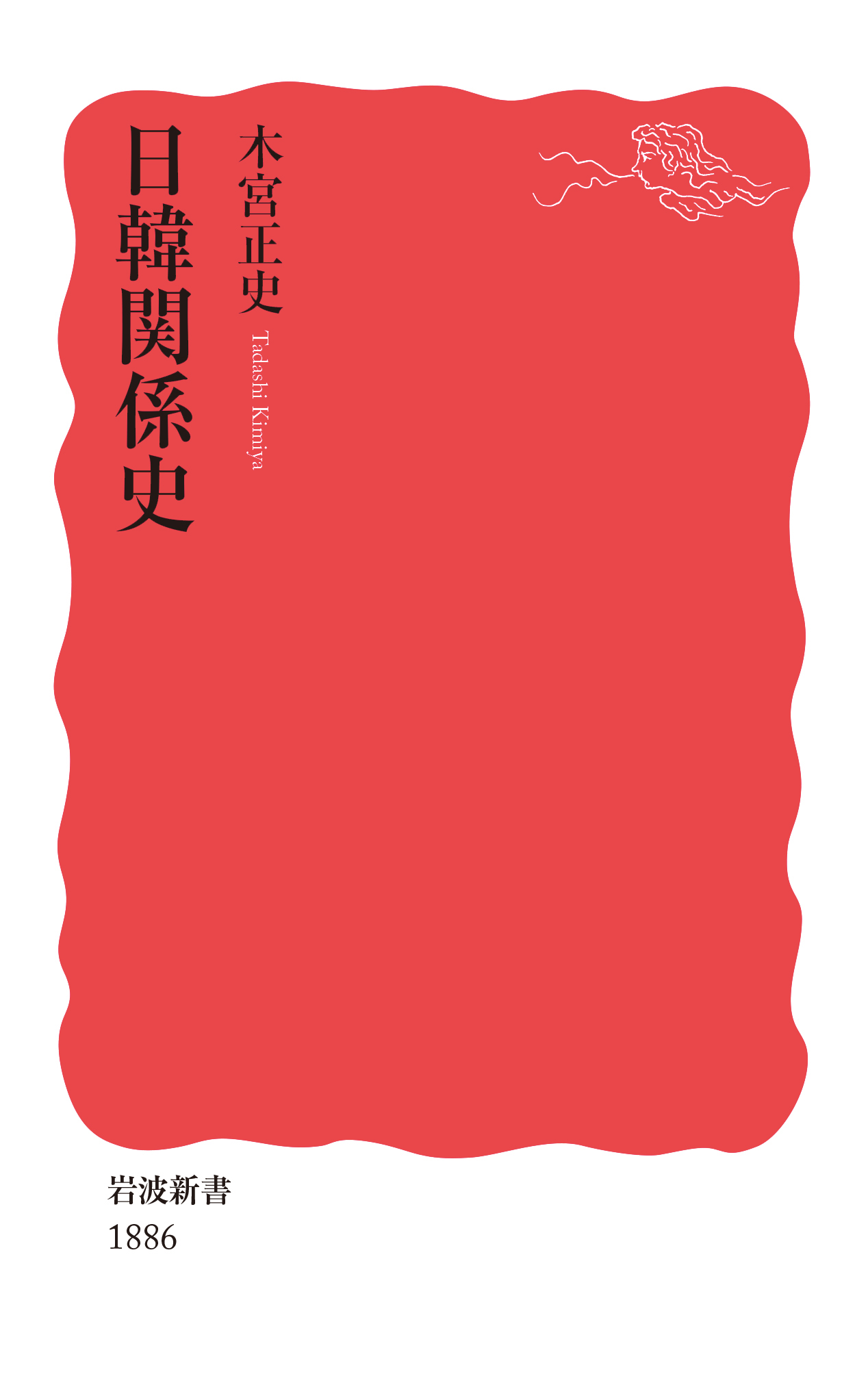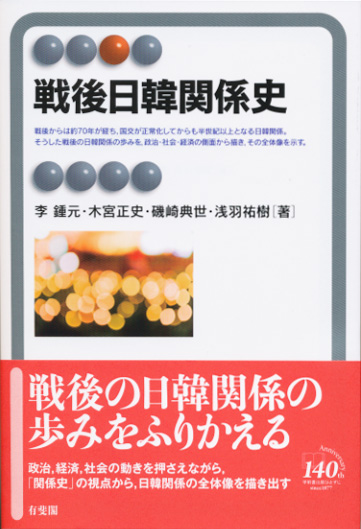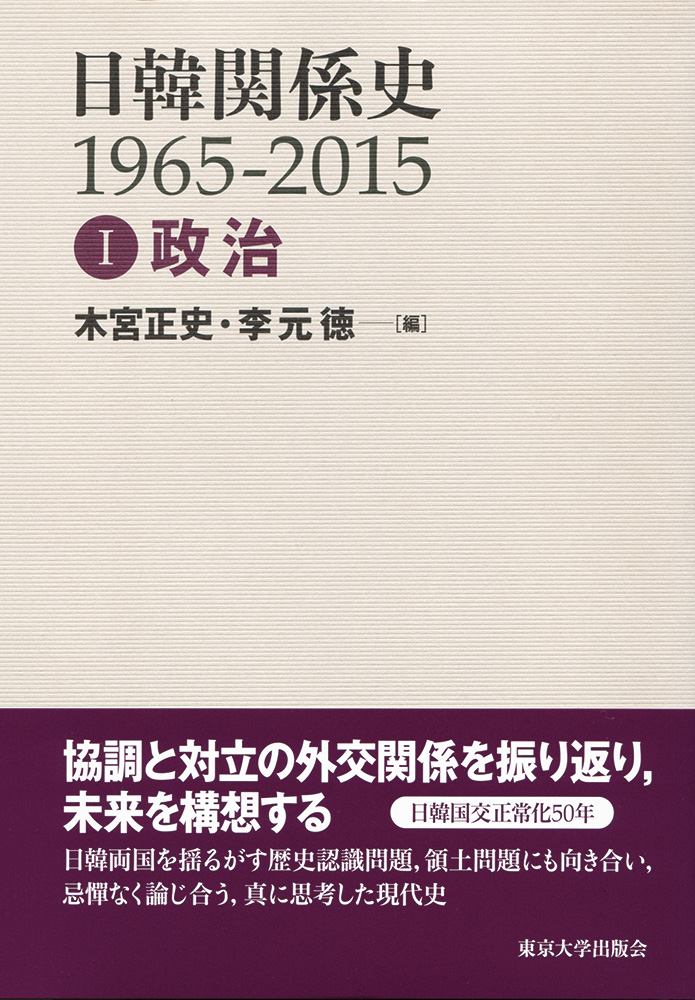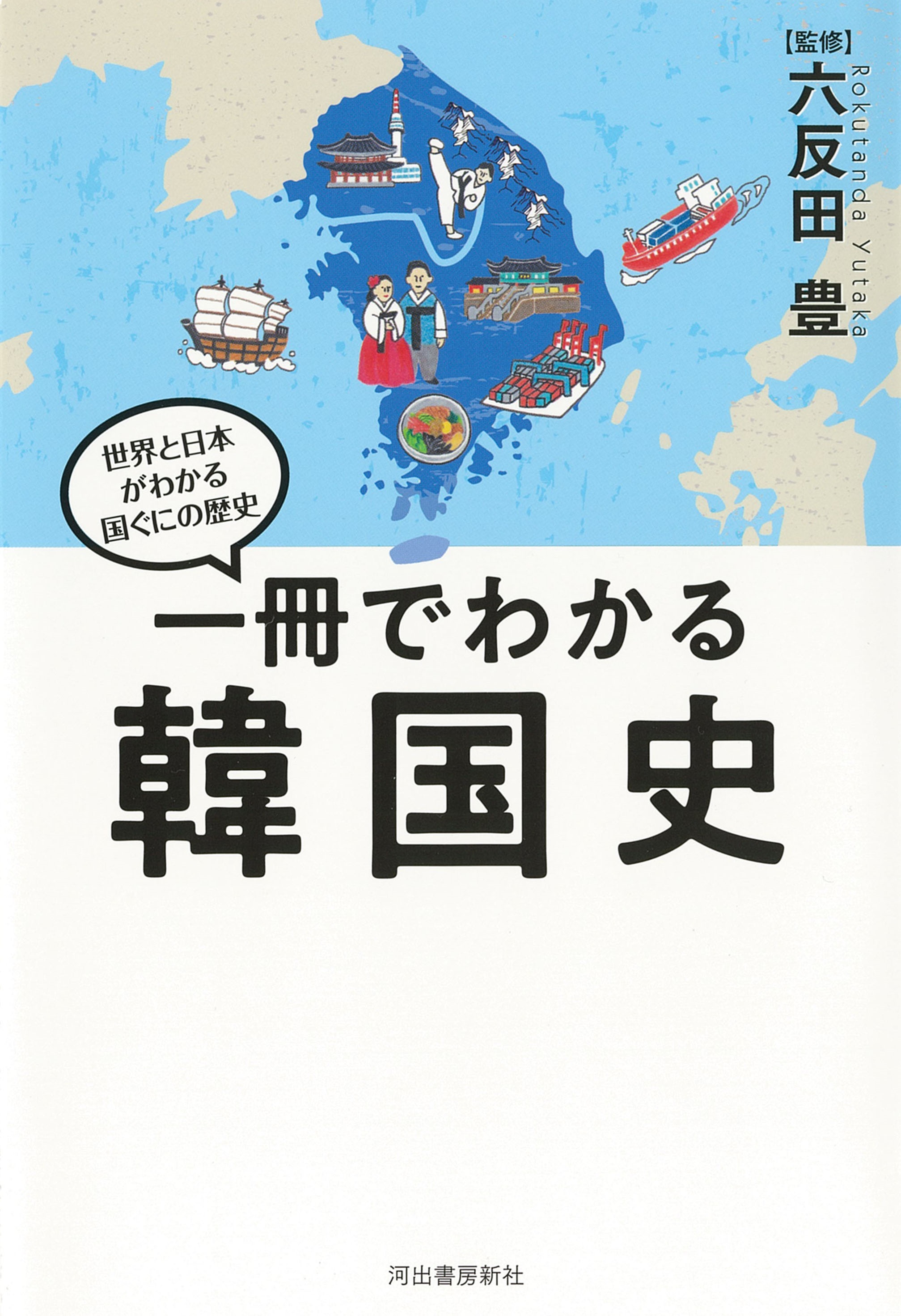
Title
Understanding the World and Japan: Histories of Countries around the World Issatsu de wakaru Kankoku-shi (A Compact History of Korea)
Size
256 pages, 127x188mm
Language
Japanese
Released
December 01, 2021
ISBN
978-4-309-81111-6
Published by
KAWADE SHOBO SHINSHA
Book Info
See Book Availability at Library
Japanese Page
This book is a general history of the Korean peninsula intended for beginners. It was planned as a volume in the series “Understanding the World and Japan: Histories of Countries around the World” published by Kawade Shobō Shinsha. As is well known, today the Korean peninsula is divided between north and south, and the two states of the Democratic People’s Republic of Korea (North Korea) and the Republic of Korea (South Korea) coexist. Although the Japanese title of this book uses the term “Kankoku,” referring to South Korea, this book does not deal only with the history of South Korea since the founding of the Republic of Korea in 1948. Almost nine-tenths of the book has been allocated to describing the history of the Korean peninsula from prehistorical times to the modern period. By reading through this book, you should be able to gain a rough understanding of the overall flow of history on the Korean peninsula.
For people living in Japan, learning about the history of the Korean peninsula, which is separated from Japan by no more than a narrow strip of water, is of great significance. This because there has been close exchange between the Korean peninsula and the Japanese archipelago since ancient times, and one cannot ignore the existence of the Korean peninsula when thinking about Japan’s history and culture. And like it or not, relations with the Korean peninsula will continue into the future. This is why I wrote in the “Introduction” that “It can be said that learning about the history of the people of the Korean peninsula does not merely satisfy our intellectual curiosity, but is also a significant undertaking for looking back on our own past and taking a hard look at our future” (p. 3).
In Japan’s school education up until high school, Korean history is taken up only in a fragmentary manner, and it is not necessarily treated in such a way that students can learn about it in a systematic way. Nor are there many introductory books of good quality aimed at the beginner. Therefore, when supervising the compilation of this book, I took particular care to ensure that the flow of Korean history could be systematically understood even by readers with little prior knowledge. For this reason, every effort has been made to avoid enumerating minutiae and to make the writing as plain and simple as possible. Consequently, readers who already have some knowledge of the subject matter may feel dissatisfied, but as is indicated by the title, it does provide, I believe, a “compact” history of the Korean peninsula.
On the other hand, this book makes almost no mention of the history of North Korea since its founding in 1948. This is in the first instance due to the fact that this book was originally planned within the framework of a history of South Korea, but at the same time it is also partly due to my own inadequacies in this regard as supervising editor. Incorporating the history of North Korea remains a task for the future. At any rate, this book could be said to have fulfilled its role if there is even a small increase in the number of readers who take an interest in Korean history with this book acting as a starting point. I sincerely hope that this will be the case.
(Written by ROKUTANDA Yutaka, Professor, Graduate School of Humanities and Sociology / 2022)



 Find a book
Find a book


